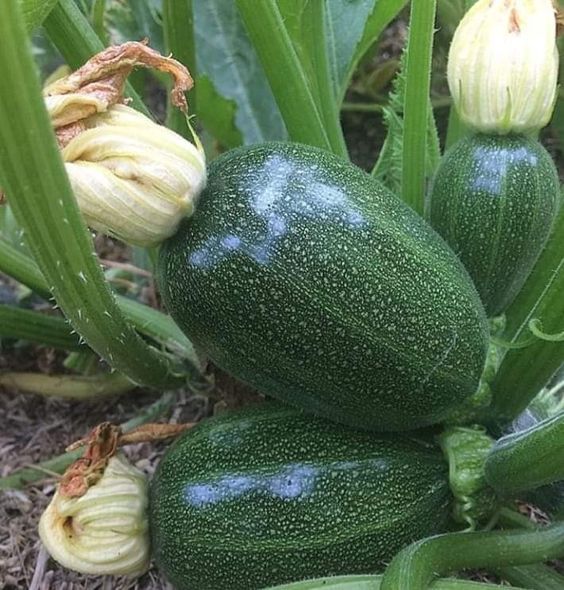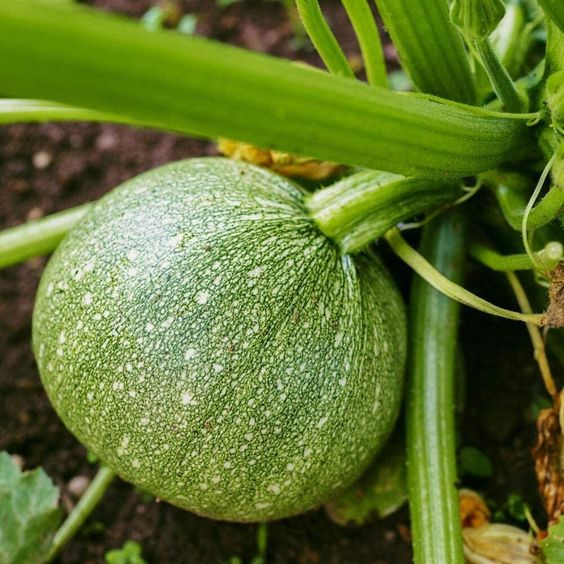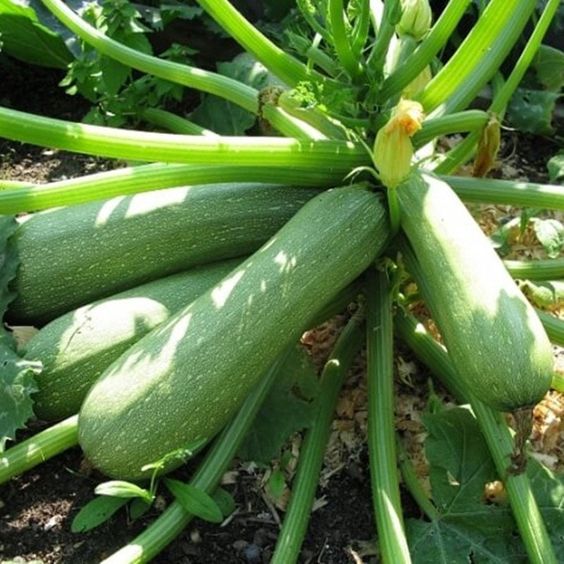In the realm of fruits and vegetables, few are as iconic and versatile as the pumpkin. With its distinct appearance, vibrant color, and rich flavor, the pumpkin has carved its place in culinary, cultural, and even artistic traditions worldwide. Often associated with autumn and harvest festivals, the pumpkin boasts a wide array of uses beyond its role as a seasonal decoration. In this article, we delve into the fascinating world of pumpkins, exploring their history, culinary applications, nutritional benefits, and cultural significance.
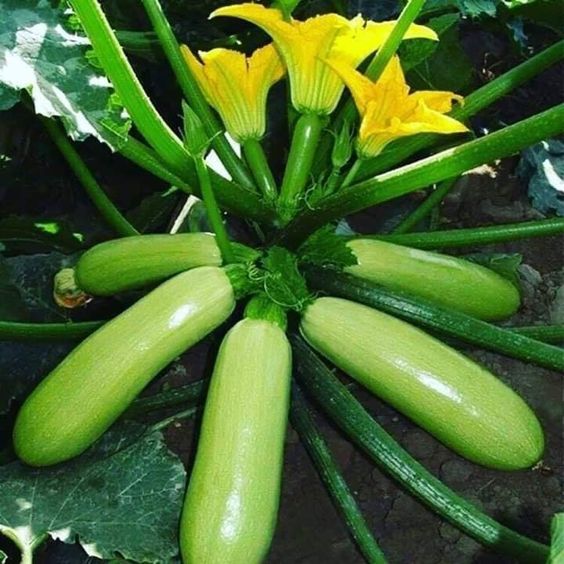
- A Brief History of the Pumpkin: Originating in the Americas, pumpkins have a rich history dating back thousands of years. Indigenous peoples cultivated and consumed pumpkins for their edible flesh and seeds, recognizing their nutritional value. With the spread of trade and exploration, pumpkins eventually found their way to other parts of the world, becoming a beloved ingredient in various cuisines.

- Culinary Delights and Culinary Artistry: The pumpkin’s culinary applications are vast and diverse. From classic pumpkin pies and soups to modern innovations like pumpkin spice lattes, this fruit (yes, it’s botanically a fruit!) can be transformed into an array of delectable dishes. Its sweet, nutty flavor lends itself well to both savory and sweet creations, making it a staple in kitchens around the world. Additionally, pumpkin carving has become an art form during Halloween, showcasing the fruit’s creative potential beyond the plate.

- Nutritional Bounty: Pumpkins are not only delicious but also nutritious. They are low in calories and high in vitamins, particularly vitamin A, which is essential for eye health. The orange hue of pumpkins is attributed to their beta-carotene content, which acts as a powerful antioxidant. Pumpkins also offer dietary fiber, aiding in digestion, and are a good source of potassium and other minerals.
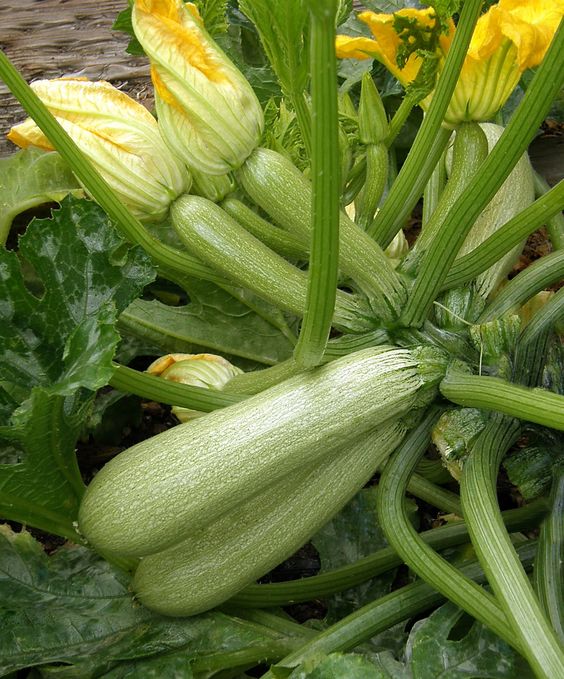
- Cultural Significance and Traditions: Pumpkins hold cultural significance in various societies. In the United States, they are synonymous with Thanksgiving and Halloween, while in other parts of the world, pumpkins play a role in harvest festivals and traditional dishes. In Mexican culture, the pumpkin is a key ingredient in the iconic Day of the Dead dish, calabaza en tacha (candied pumpkin). Pumpkins also hold spiritual and symbolic importance in certain cultures, representing abundance, protection, and transition.

